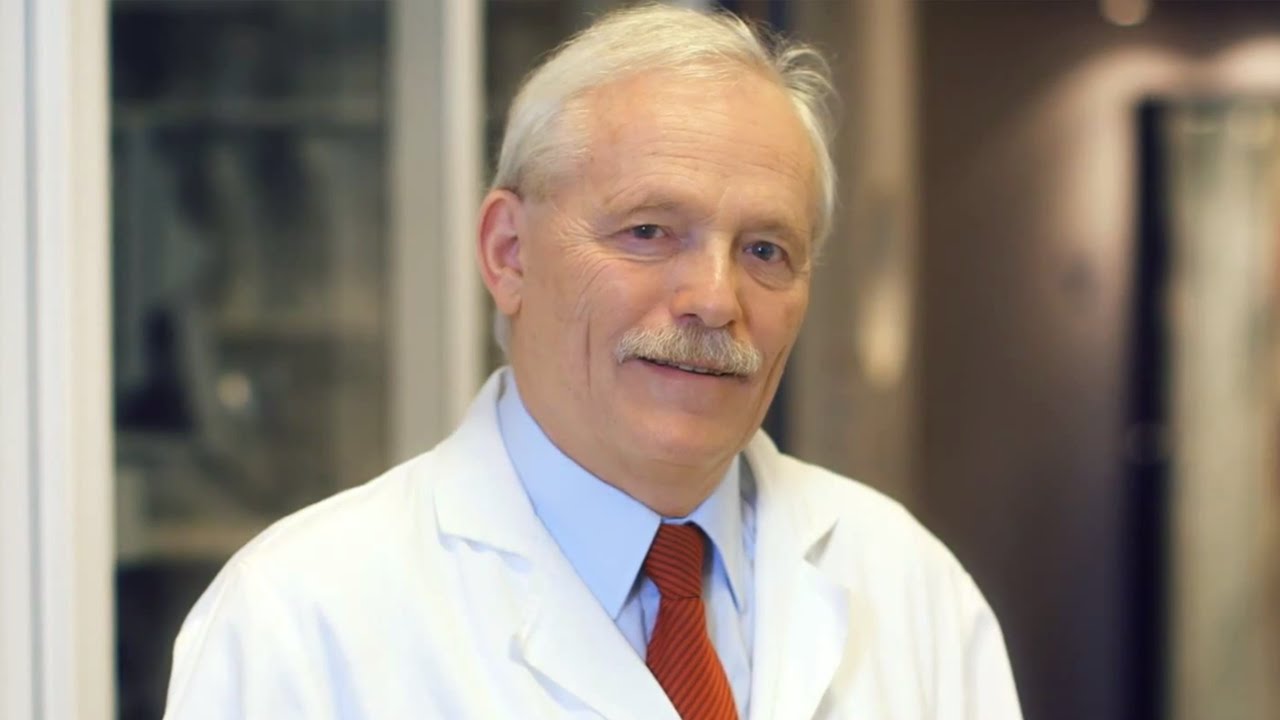[quote] Well, I can at least understand why you would think that (wounding) would be a valid avenue of research that might lead to a cure or a great treatment… it’s using the body’s own resources and infrastructure to regenerate follicles, right?
My answer is that it’s not that simple. It might seem that simple, but it’s not. To regenerate follicles on a mass scale is really a problem of embryology. Hair follicle buds first develop from undifferentiate (or less-differentiated) tissue in the embryo, when two completely different parts of the embryo – neural ectoderm and mesoderm (aka, “mesenchyme”) come together at the epidermal-dermal junction. Hair follicles are, as far as I know, the ONLY bodily organ that develops from a fusion or juxtaposition of two entirely different levels of tissue in the embryo.
This happens in the midst of a very complicated embryonic chemical signaling environment, which is VASTLY different than that of the born infant or adult.
The key is the embryonic chemical signaling environment that tells the epidermal-dermal junctions to generate a hair follicle. Wounding tissue releases some growth factors that are similar to that environment, but I would say it may be only about 10% or 20% similar at the most. How do you make up the other 80 or 90%? I think you’ll never make it up through leveraging tissue wounding. It’s impossible. You won’t get close.
That’s why wounding’s “results” are ALL anecdotal and meager. You never have anything like, substantial portions of bald people’s scalps regrowing hair from a large superficial head wound (like someone’s head being grazed by an axe or a sword). Maybe in the entire course of human history, wounds like this have happened hundreds of thousands of times, but where are the stories of bald people having all their hair restored? You just will not see this at all in the annals of medicine. what you will see is small numbers of hairs, or small patches of hair growing, at the most – and even that, happening VERY rarely. That’s because wounding does not replicate the embryologic chemical signalling environment… it only does so to a very minimal degree, and there is a hard limit on this that cannot be circumvented by more wounding. It’s both a qualitative and a quantitative problem.[/quote]
Bull. That is utilizing just enough understanding of the phenomenon to declare it’s impossible to use, while ignoring the holes in the understanding & evidence to the contrary.
Go dermabrade your receding hairline area right now and you will probably get a few scattered terminals in a few months. That’s a barely-controlled accident, not a treatment procedure, and it already works that well. How is this freakish? How is this rare? It’s common/repeatable enough. It just has implications that aren’t convenient.
It’s not that wounding-related results are good - it’s that cell-based research is producing far less, at a much later stage of the effort.
You have a lot of understanding of the biology but I think you’re missing the larger picture. The path that has been pursued the farthest is not necessarily the most promising path. Having greater understanding about a treatment method should not be inspiring greater confidence in that method if it isn’t getting us any closer to the goal. After many years & dollars of effort in cell-based treatments, the less-explored path of wound-related regrowth is still closer to the goal.
The fact is, we DON’T understand the wound-related phenomenon yet. We take growth factors, do what we believe should produce the same result . . . and we don’t get the same result. That’s not one more annoying reason to disregard the wounding idea, it’s a GREAT BIG reason to PURSUE it.
Please don’t start with the “Wounding will never produce thick patches of hair, just scattered crap.”
If anything should be called out for only ever producing scattered unusable crap, it’s cell-based research. Are scattered-crap results only an issue when you want them to be? The regrowth cases of the two Gefitnib cancer patients were probably more like wounding science than anything else, and they already produced thick patches of dense hair. By accident.
